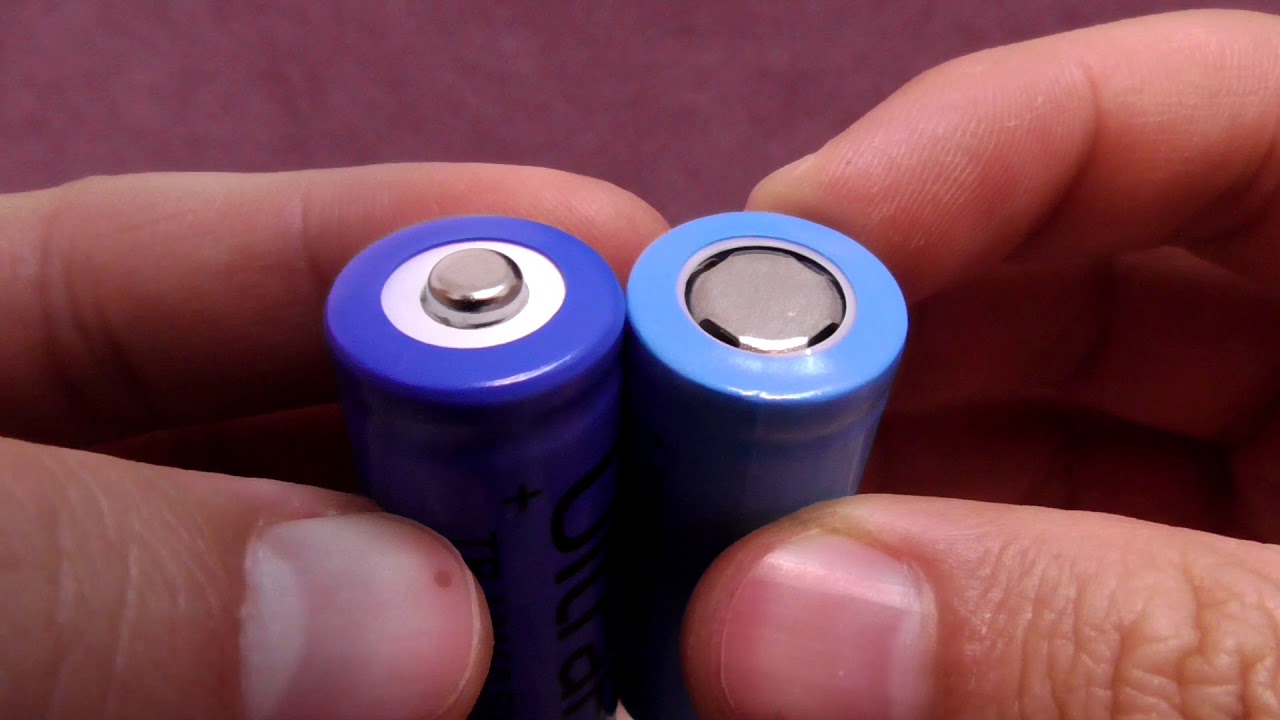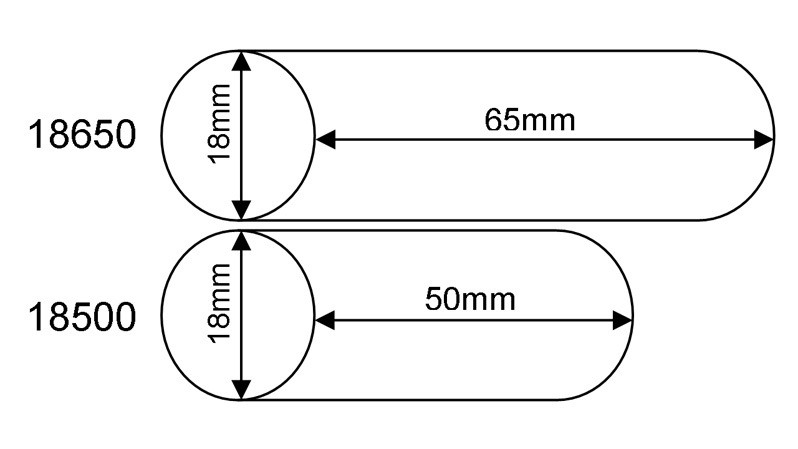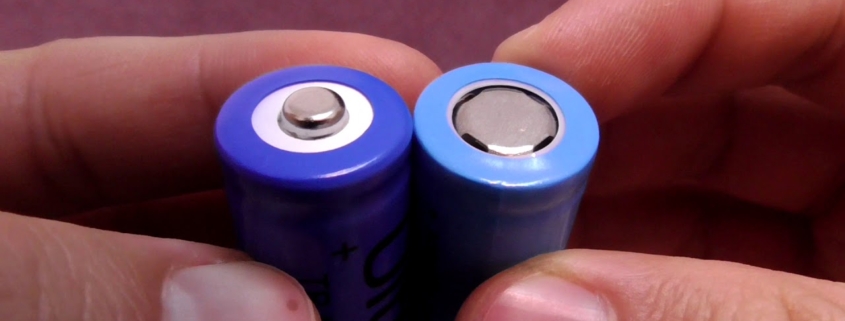18500 battery vs 18650: what are the differences?
When selecting a battery for your devices, you may come across various battery kinds and sizes. The 18500 and 18650 are the two main kinds of lithium-ion batteries. This article will explain the distinctions between 18500 and 18650 batteries, the applications for which they are most suited, and how to choose the right battery for your requirements.

The Basics of Batteries
The 18500 Battery
The 18500 battery is a cylindrical lithium-ion battery with a diameter of 18mm and a length of 50mm. It is often found in compact devices such as e-cigarettes, handheld power tools, and LED torches.
The 18650 Battery
The 18650 battery, on the other hand, is a cylindrical lithium-ion battery that is somewhat bigger, measuring 18mm in diameter and 65mm in length. This battery type is often found in computers, power banks, and high-drain devices such as electric bicycles.
Comparing 18500 and 18650 Batteries
There are some essential things to consider when comparing the 18500 and 18650 batteries:
Size and Form Factor
The 18500 battery, as previously stated, is shorter than the 18650 battery. While both batteries have the same diameter, the length difference may affect compatibility with specific devices.

Capacity
18650 batteries generally have a larger capacity, ranging from 1800mAh to 3500mAh. The 18500 battery, on the other hand, typically has a capacity of 1000mAh to 2000mAh. A larger capacity battery can store more energy, resulting in longer runtimes.
Discharge Rate
The discharge rate is the amount of current that a battery can provide while retaining its voltage. The discharge rate of a 18650 battery is generally faster than that of a 18500 battery. As a result, the 18650 is better suited for high-drain applications that demand more power.
Operating Temperature
Both 18500 and 18650 batteries can function in a broad temperature range. However, 18650 batteries have a slightly higher temperature tolerance, implying they may operate better in harsh temperatures.
Price
Because of their greater size and higher capacity, 18650 batteries are more costly than 18500 batteries. However, depending on the brand and quality of the battery, the price difference may not be substantial.
Applications
When deciding between the 18500 and 18650 batteries, it is essential to evaluate the applications and devices for which they are most suited.
Where to Use 18500 Batteries
Because of their smaller size and lesser capacity, 18500 batteries are ideal for products with limited space or modest power needs. These batteries are typically found in the following applications:
- E-cigarettes and vaporizers
- LED flashlights
- Portable power tools
- Small electronic devices
Where to Use 18650 Batteries
The 18650 battery, with its higher capacity and discharge rate, is better suited for more demanding applications and devices, such as:
- Laptop computers
- Power banks and portable chargers
- Electric bicycles and scooters
- High-drain power tools
- Electric vehicles
How to Choose the Right Battery
When deciding between a 18500 and a 18650 battery, consider the following factors:
Factors to Consider
Your Device
First and foremost, confirm that your device is compatible with the battery type. Some gadgets are only compatible with particular battery sizes and may not function with others.
Performance Requirements
Consider your device’s power requirements. If a bigger capacity and discharge rate are required, the 18650 battery may be preferable. The 18500 battery, on the other hand, maybe more appropriate if your gadget has reduced power needs and limited space.
Conclusion
The size, capacity, discharge rate, operating temperature, and pricing of 18500 and 18650 batteries vary. While the 18500 battery is better suited to smaller devices with lesser power demands, the 18650 battery is better suited to bigger, high-drain devices. Consider your device’s compatibility, performance needs, and the particular apps it will utilize when selecting a battery.
Frequently Asked Questions
1. Can I use a 18650 battery in a device designed for a 18500 battery?
Because of the size difference, you cannot usually use a 18650 battery in a device meant for a 18500 battery. Before using a new battery type, always verify the specs and compatibility of your device.
2. Are 18500 and 18650 batteries rechargeable?
Yes, both the 18500 and 18650 lithium-ion batteries are rechargeable. To guarantee safe and effective charging, you should always use a suitable charger developed mainly for the battery type.
3. How long do 18500 and 18650 batteries last?
Various variables, including use, charge cycles, and storage conditions, determine a lithium-ion battery’s lifetime. Typically, 18500 and 18650 batteries can last 2-3 years or 300-500 charge cycles, whichever comes first.
4. Can I replace a 18500 battery with a higher capacity 18650 battery for longer runtime?
While the idea may seem tempting, you should never use a battery that is incompatible with your device. Using an incompatible battery can damage your device and may pose safety risks.
5. Are there any safety concerns when using 18500 or 18650 batteries?
Like any lithium-ion battery, some safety concerns exist, such as overheating, short-circuiting, and overcharging. To minimize these risks, always use a compatible charger, avoid exposing the batteries to extreme temperatures, and store them in a cool, dry place when not in use.








